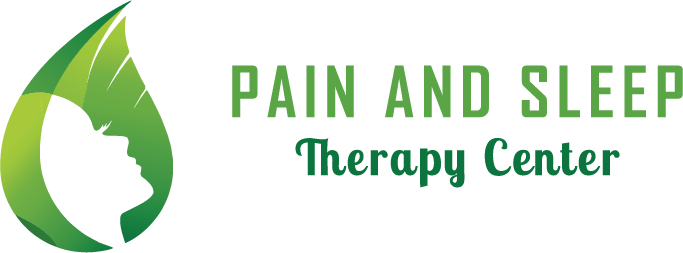Highly Effective Physical Therapy Exercises to Improve Breathing, Bite, and Orofacial Posture.
The interaction between orofacial structural growth and muscle activity starts early in development, and the physiologic functions of suction, mastication, swallowing and nasal breathing in infancy play an important role in stimulating subsequent growth.
The habits we develop in our youth inevitably translate to behaviors later in life. By training the muscles in the face to act in their optimal biological way, muscle memory can keep the teeth and jaw in alignment as we grow and develop. (In many cases eliminating the need for future orthodontics).
Orofacial Myofunctional Disorders (OMDs) affect the functions and muscles of the mouth and face. OMDs can cause a variety of effects either directly or indirectly. From problems breastfeeding, stunted facial skeletal growth and development, disordered chewing, swallowing, speech impediments, malocclusion, temporomandibular joint movement/disorders, poor oral hygiene, stability of orthodontic treatment, facial esthetics, and more.Many people mouth-breathe more than they should. As a result, the muscles and the orofacial functions tend to adapt to a disordered breathing pattern, which in turn creates many OMDs.
Myofunctional therapy can help enable one to enjoy eating, speaking, breathing, and even sleeping more soundly. Not to mention that the Cosmetic benefits can bolster self-esteem.
Just as physical therapy helps to train our bodies back into optimal shape after an injury, Myofunctional therapy helps by training the soft tissues of the face, neck, and mouth to function at the height of their ability. Myofunctional therapy is also an important adjunct to numerous orofacial surgeries such as frenuloplasties, and mandibular advancements. Our goal is to cultivate an awareness of muscle use and develop a therapy program of regular exercises designed specifically to your needs.










